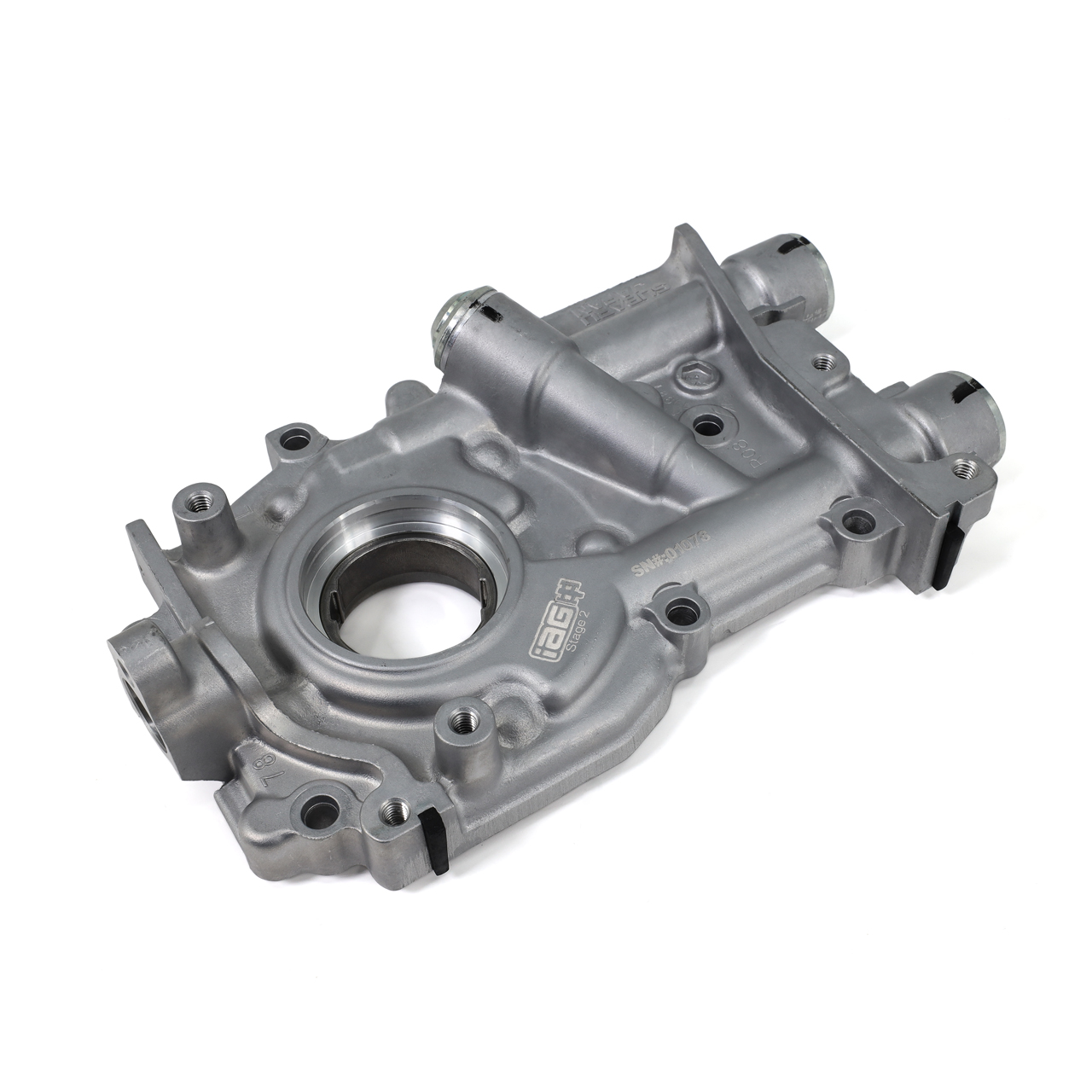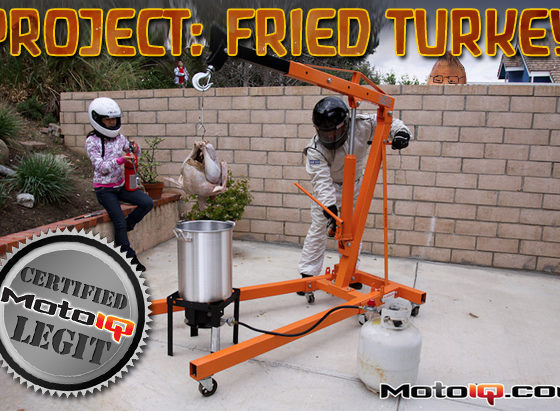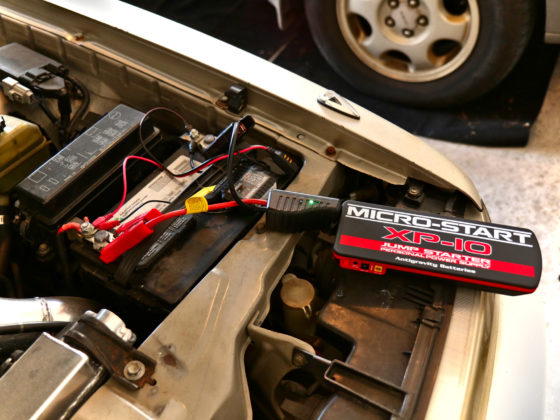
Besides porting the pump is blueprinted. The pumps rotor thickness and the housing thickness are checked and the rotor’s side clearance is calculated. If needed the housing is lapped to bring the clearance to the minimum acceptable clearance. This reduces backside leakage of the rotor and maximizes efficiency. The pump’s relief valve spring is shimmed to increase its cracking pressure. This way it will take more pressure for the relief valve to open. The inner and outer pump gears and relief valve are REM isotropically super finish polished for smoothness in operation and to remove any stress risers.

The IAG Stage 2 pump gives up to 12% more oil pressure than a stock 11mm pump and substantially more than the JDM 12mm pump as well!

The IAG Stage 2 pump also flows 11% more than stock and greatly outflows the JDM 12mm pump. IAG verifies pump flow on their in-house Spintron engine test rig. The IAG Stage 1 pump is basically the same but minus the CNC porting and is great for stock rebuilds and mildly built engines at a much lower price.
Adding the new IAG Stage 2 oil pump to our project car is a no-brainer and tied in with our IAG oil pan, pickup, and windage tray, we anticipate much-improved oiling and longer life for our engine!




7 comments
for the uninformed, whats the problem with the OEM pump? I mean I can see this provides more pressure, but what benefit does that higher pressure provide? asking for a friend
Having enough pressure and volume is always an issue on late model engines, especially with aluminum blocks.
This is good stuff, I guess pretty equivalent to what RCM does over in the UK, but at least part of this work anyone can do to their OEM pump.
I myself did. I dismantled the pump completely and checked the components with a micrometer, gap gauges and a straight steel ruler according to the factory manual. Then I torqued the lid bolts to spec. I did not shim the pressure relief valve though, as I am not convinced about the benefit. I have never really seen an unmodified sportscar or a factory race car with higher oil pressure than circa 6.5 bar or so. I believe those engineers know their reasons. I also believe that trying to squeeze a needlessly big volume of fluid through an orifice needs a lot of mechanical power and strains the fluid more, resulting in added heat.
But maybe the benefits outweigh the cons.
(I faintly remember I once read that Porsche 917 or some other old porsche racecar needed 8.4 bar of pressure to keep the conrod bearings properly lubricated)
What I think many people fail to grasp is why subaru opted for the ever bigger oil pumps. People just assume bigger pump provides better lubrication. And higher power motors need more oil, right?
That I believe is not true, or it least it is a gross oversimplification. I am strongly convinced this has to do with the ever higher oil demand for the devices peripheral to the rotating assembly itself.
On smaller, naturally aspirated EJ engines (ej16, 18, 20), subaru used to use the 8 or 9 mm thick oil pump rotor. Once they added a turbocharger, they needed more oil (larger quantity), so the 10 mm rotor was used. Then the valve timing on intake cam was added, so the 11 mm rotor was used. Finally, exhaust cam timing was introduced and that’s where the 12 mm rotor came in.
When I was working on a friend’s EJ20 out of his JDM GC8 STI with no variable timing and 10 mm stock oil pump, everyone was like, dude, just use the 12 mm pump, everybody does that! And I said nope and ordered a Roger Clark Motorsport blueprinted 10 mm pump.
Ever since, this car displays an excellent oil pressure readings. Even when hot, the pressure gauge is pegged at maximum 6 bar from circa 3500 RPM upwards. This tells me that the journals are not worn and that there is ample supply of oil for the engine’s demands.
How would a 12 mm pump with more flow help, when most of the flow would end up recirculated through the relief valve?
Many people think the bigger pump will solve their oiling issues, but most of the time, the real cause lies elsewhere.
Well yea, this my two cents. Partly researched, partly my own experience and of course it might differ from yours, but for what it’s wirth I think it holds water.
My opinion is that high-performance bearings are not available in as many select fit sizes as the OEM bearings and thus when building a late model engine, clearances tend to be slightly wider. Nowadays there is no surplus oil pump capacity and with aluminum engines, there is sometimes problems with getting oil pressure at the high end of spec which is preferable. Otherwise, the alternative is going to be a new crank, resizing rods, and align boring the block or cases to maintain tight clearances.
Nothing really to add, RedX just want to say I agree with you.
Bypassing oil through the relief valve just aerates and heats up the oil, unless your clearances are set for it, I’d stick to a stock sized rotor in the pump.
I took your advice and ran this stage 2 oil pump on my IAG stage 2 tuff engine. I assume i made the right choice based on your expertise. However i have a blouch dominator turbo and m getting some smoke. What size oil restrictor would you suggest I use? I assume the extra oil volume is what is causing the smoke from my turbo getting too much oil. Let me know your thoughts please
Your turbo should have an inlet restrictor in the feed hose fitting but lacking one, if it is a ball bearing, something like 0.060″. If it’s sleeve bearing, a -4 hose might be enough. I would contact Blouch and ask them what size they recommend.
Turbo smoke can be caused by too much crankcase pressure which Subarus are prone to have, bad turbine seal, worn bearings, and wrong size inlet restrictor.